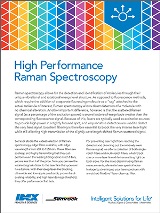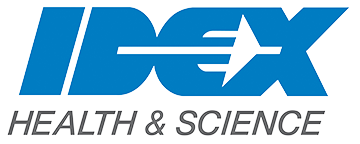

Use the left hand navigation to filter resources by Topic and Media Type.
-
Measurement of Optical Filter Spectra
By IDEX Health & ScienceDue to limitations of standard metrology techniques, the measured spectral characteristics of thin-film interference filters are frequently not determined accurately, especially when there are steep and deep edges. Learn more about IDEX Health & Science | Semrock's solution to measure optical filter spectra. Learn More
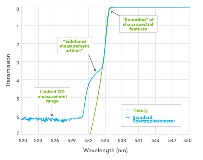
-
Pressure Relief Valve Instructions
By IDEX Health & ScienceThe Pressure Relief Valves and Pressure Relief Tee are supplied with Flangeless Fittings for 1/16” OD tubing. Learn how to connect your tubing to the inlet and outlet of the valve tee using the included fitting and more. Learn More
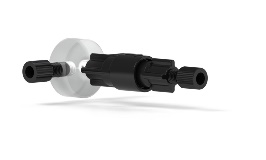
-
Clinical Laboratory Fluidics Guide
By IDEX Health & ScienceUnlock the full potential of your clinical laboratory platform by partnering with IDEX Health & Science to access cutting-edge fluidic technology and a team of dedicated experts to develop your optimal fluidic system. Learn More
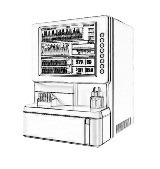
-
Finding the Right Dichroic Beamsplitter
By IDEX Health & ScienceIDEX Health & Science makes a wide variety of 45º dichroic beamsplitters optimized for different purposes. Learn more about selecting the right dichroic beamsplitter. Learn More
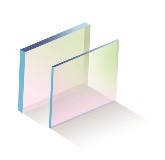
-
BioTight® Fitting Guide
By IDEX Health & ScienceWith its quick and simple press-fit design, BioTight® is as straightforward to assemble as it is to use. Download our new guide to view its benefits and operating instructions. Learn More
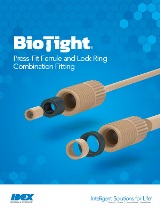
-
Exclusive 2024 Photonics West Trading Cards
By IDEX Health & ScienceDownload our Exclusive 2024 Photonics West Trading Cards! Learn More
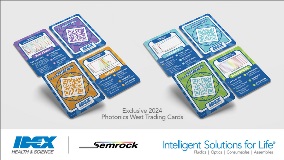
-
Guard Cartridge Configuration Reference Chart
By IDEX Health & SciencePair your column guard kit with the correct column tube and frit assembly. Also pair your guard cartridge kit with the correct guard holder and packing adapter. Learn More
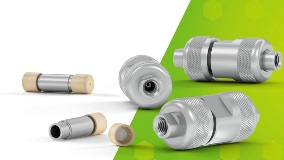
-
Compression Hardware Reference Chart
By IDEX Health & SciencePair your compression hardware with the correct column hardware in this reference chart. Learn More
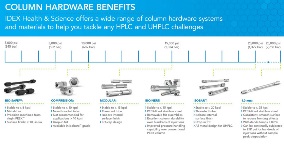
-
Isobar, Modular, and Bioinert Column Packing Adapter Guide
By IDEX Health & ScienceFind which packing adapters to use with each column by size. Learn More
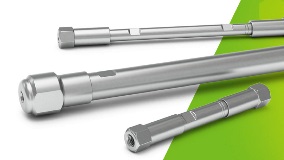
-
Semrock Raman Optical Filter Catalog
By IDEX Health & ScienceWhat optical filters should you consider for Raman Spectroscopy applications? Download our new Semrock Raman Optical Filter Catalog for the latest Raman updates, technical notes, and optical filter product information. Learn More
